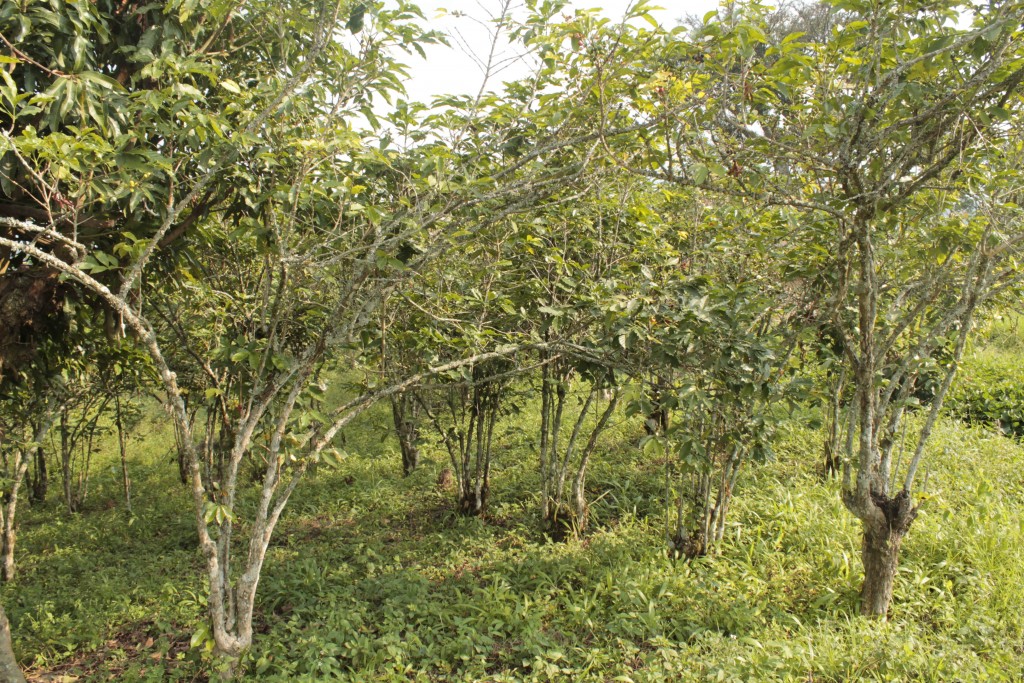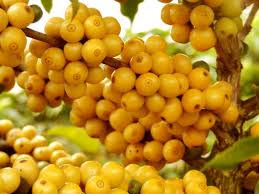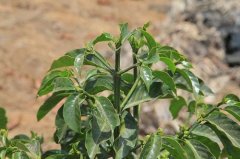Detailed data of hand temperature, grindability and powder-to-water ratio of Colombian low-caffeine coffee
Professional barista communication, please pay attention to coffee workshop (Weixin Official Accounts cafe_style)

product introduction
Solvent extraction
1. Direct extraction method:
The coffee beans, after softening treatment, and then high temperature (pressure) steam heating to expand the surface of the beans, so that the contact area of coffee beans increased, then poured into methylene chloride solvent, so that beans and solvent contact, coffee in the caffeine extraction. Methylene chloride absorbs the dissolved caffeine from the surface of the beans, but this method is less likely to affect the flavor of the beans themselves.
2. Indirect extraction:
First, the coffee beans are softened. Then, the coffee beans are poured into boiling water for several hours. This step extracts caffeine and many flavor elements into the water. At this time, the solution becomes the essence of coffee. Then, the water is separated from the coffee beans. Methylene chloride or ethyl acetate is added. Chemical molecules break down the caffeine in the water. Then, the caffeine is evaporated by heating. The final flavor liquid is introduced into the coffee beans. Reabsorb coffee fat and aroma.' Although it is an indirect extraction, it is easier to lose coffee flavor.
Swiss Water Treatment Act
Coffee beans are soaked in warm water, caffeine and other ingredients are dissolved in water, then the caffeine in the flavored water is filtered by activated carbon, and then the caffeine-free flavored water is guided back to the coffee beans, so that the coffee beans can absorb the lost ingredients again.
This approach emphasizes that no chemical solvents are used to extract caffeine, but although no chemical solvents are used to extract caffeine, some of the nutrients in coffee are filtered by activated carbon, causing coffee to lose some flavor!
Carbon dioxide high pressure extraction
Supercritical carbon dioxide
Dry supercritical carbon dioxide is used to extract aroma components from roasted coffee beans, supercritical carbon dioxide containing water is used to extract caffeine from coffee beans, and finally coffee aroma extracted previously is returned to caffeine-free coffee beans. From the above steps, it can be found that supercritical carbon dioxide has high permeability and low surface tension, and can penetrate deep into the interior of coffee beans. This way to remove caffeine will not cause damage to coffee beans, color will not change, and it is not easy to extract substances other than caffeine. It can retain the original flavor of coffee beans, but it needs a special high pressure environment to complete!

The current low cause processing technology has at least three shortcomings.
To some extent, coffee treatment affects quality more than soil. Farmers in Indonesia, Vietnam and elsewhere lack the processing skills to produce coffee that is susceptible to environmental contamination. I remember my farmer friend in Colombia saying that he was studying the effect of long wind drying time on coffee taste. Decaffeinated processing is the process of putting carefully conditioned and air-dried coffee beans back into the tank! What's more, the jar of water (saturated liquid, green coffee extract) has been soaked in other batches and coffee beans from other origins before, and the taste is mixed, which can be imagined. Swiss Water's official website does not comment on this. It's like thawing beef, lamb and fish in the same basin of water. Delicate taste, may become mediocre. However, some coffees benefit from this process, such as the famously "heavy-flavored" Indonesian beans: after soaking in saturated solution, the unwelcome herbal flavor is neutralized and the coffee becomes smooth.
Indonesian beans are blessed with baptism
Roasting decaf coffee requires considerable experience. Soak the beans and dry them. They are smoother and darker in color. Under the same fire, it will go to "one explosion" faster, but due to the high water content of beans, the explosion sound is heavier. The interval between the "first explosion" and the "second explosion"(note: occurs at about 210 ° C to 220 ° C) is also relatively short. Therefore, inexperienced, or not good at baking with the five senses, many times will be overcooked.
Just like fresh fruits and vegetables, fine coffee is sought after when made. Ethiopian beans are plentiful in markets this month, while farmers in Central America are busy harvesting them. Swiss Water is located in Canada, where farmers send beans to contract manufacturers and then transfer them to buyers, which takes a long time. Transportation is expensive and freshness is greatly reduced. It can be seen that Swiss water treatment is more suitable for commercial beans with no personality.
Genetically modified, caffeine-deficient coffee delighted scientists in 1998 (Hawaii) and 2003 (Japan). In 2008, Coffea Charrieriana, a naturally caffeine-free variety discovered in Cameroon, was voted the "most interesting new species discovered by scientists", but after several years, only stairs were heard, and no "coffee" was seen.
Hand-brewed Colombia decaf. 15g powder, medium fineness grinding (sugar size), v60 filter cup, water temperature of 90 ℃, first injection of 30g water, stewing for 30 seconds, injection to 105g water cut off water, wait for the powder bed water to drop to half, then inject water slowly and evenly until 225g water, finally shake the filter cup to increase extraction, water powder ratio 1:15, extraction time 2:04
Important Notice :
前街咖啡 FrontStreet Coffee has moved to new addredd:
FrontStreet Coffee Address: 315,Donghua East Road,GuangZhou
Tel:020 38364473
- Prev

Characteristics of Colombian decaf beans Story what coffee beans are used in Colombian decaf
Professional baristas exchange please follow the coffee workshop (Wechat official account cafe_style) product introduction 1, solvent extraction 1. Direct extraction method: the raw coffee beans are softened, and then heated with high temperature (pressure) steam to expand the surface of the raw coffee beans, so that the contact area of the raw coffee beans increases, and then the dichloromethane solvent is poured into the bean to come into contact with the solvent. extract caffeine from coffee
- Next

Detailed data of hand punching temperature, grindability and water-powder ratio of Colombian water washing Cauca
For professional baristas, please follow the Coffee Workshop (official Wechat account cafe_style) country: Columbia Grade: AATOP production area: Cauca Valley elevation: 1800 m treatment: tanning varieties: Rosa Manor: hope Manor Flavor: berries, Honey, Vanilla, Juice Ten years ago, most coffee farms in Colombia went all out to produce, and the government promoted species.
Related
- Detailed explanation of Jadeite planting Land in Panamanian Jadeite Manor introduction to the grading system of Jadeite competitive bidding, Red bid, Green bid and Rose Summer
- Story of Coffee planting in Brenka region of Costa Rica Stonehenge Manor anaerobic heavy honey treatment of flavor mouth
- What's on the barrel of Blue Mountain Coffee beans?
- Can American coffee also pull flowers? How to use hot American style to pull out a good-looking pattern?
- Can you make a cold extract with coffee beans? What is the right proportion for cold-extracted coffee formula?
- Indonesian PWN Gold Mandrine Coffee Origin Features Flavor How to Chong? Mandolin coffee is American.
- A brief introduction to the flavor characteristics of Brazilian yellow bourbon coffee beans
- What is the effect of different water quality on the flavor of cold-extracted coffee? What kind of water is best for brewing coffee?
- Why do you think of Rose Summer whenever you mention Panamanian coffee?
- Introduction to the characteristics of authentic blue mountain coffee bean producing areas? What is the CIB Coffee Authority in Jamaica?

